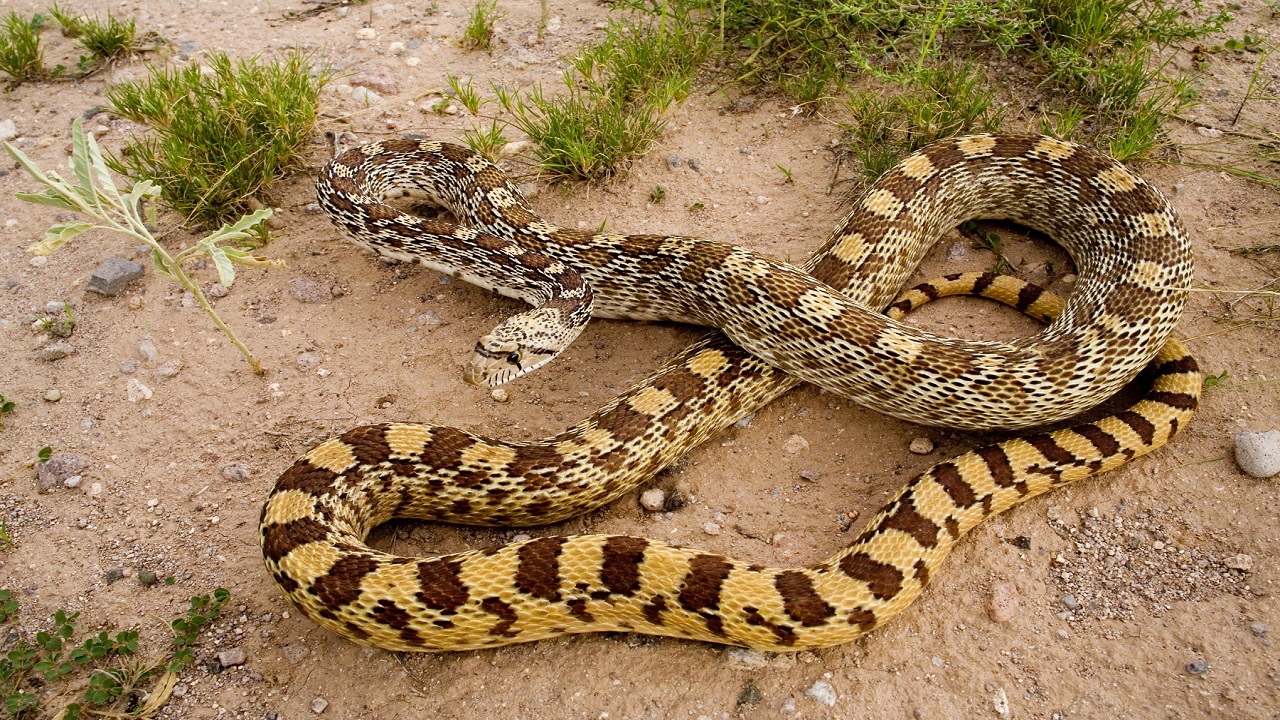Introduction:
A unique reptile species that is native to North America is the gopher snake, technically known as Pituophis catenifer. This venom-free snake is recognized for both its astounding adaptability and distinctive morphological features. The Gopher snake’s appearance, size, colors, and special adaptations will all be discussed in detail in this article as we examine the different physical characteristics that make it unique.
Appearance:
The spherical bodies of gopher snakes are enormous and musculated reptiles. Although some can grow to reach eight feet long, the most are between three and six feet long. Stretchy scales that cover their body give them a brilliant brilliance and make it possible for them to glide through their surroundings with ease.
Shades and patterns:
Gopher snakes are easily recognize by their colouring, which varies greatly depending on the area they live in. Their natural colour might range from pale brown to yellow. They have a series of dark brown or black blotches running down their backs. That may merge to form stripes as they get closer to the tail. These patterns frequently resemble rattlesnake patterns.
Mimicry:
Gopher snakes are skilled mimics and resemble the poisonous Western Diamondback Rattlesnake in particular. By rattling against dry grass and shaking their tails. They can mimic the rattlesnake’s behaviour and trick potential predators into thinking they are hazardous.
Pheromone Discharge:
A musky smell that gopher snakes emit from their cloaca when in danger serves to repel predators. Gopher snakes, similar to constrictor species, have enormous muscles which permit them to secure their bodies around prey and exert pressure to suffocate it.
Conclusion:
Its remarkable modifications including its incredible terms of size, color, and replication skills, enable it to flourish in the diverse environments where it lives. The physical attributes of the gopher snake assist us understand the diversity of the natural world and the extraordinary ways that different creatures have evolved to survive in their environments.
